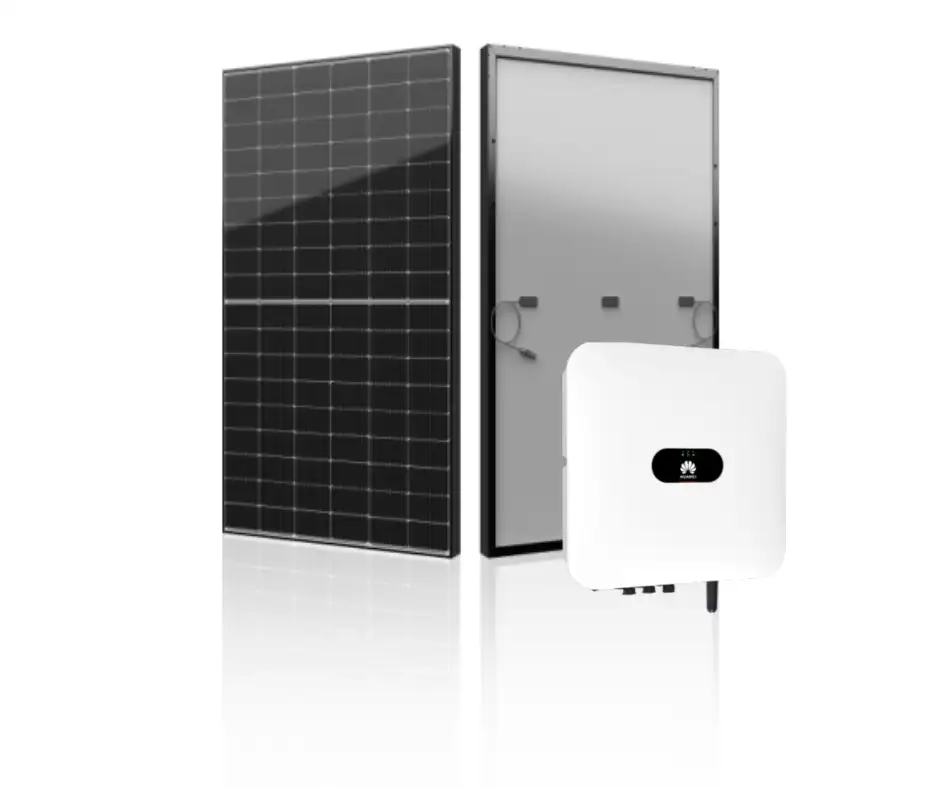Solar cells capture the light from the sun and turn them into electricity. They are also called photovoltaic cells. It is the semiconductors that are in the solar cells that take the sunlight and create an electric current. They do this by exciting the electrons to convert them into an electric current which is used in solar panel systems.
The semiconductor most often used in solar panel systems today comes from silica which is quite plentiful on the surface of the earth. Today they are crystalized and processed into thin wafers that are placed into each solar cell. Silica is an element and silicon is what is produced from the silica.
You can check this out if you want to install a solar panel system in your home.

The silicon wafers are placed between two very thin plates where the solar cells begin the creation of electricity. One side of the plate is negatively charged and the other is positively charged. The negatively charged plate is where the electrons are created and the positively charged plate takes on a positive charge.
This causes the electrons to move rapidly creating a positive and negative junction or as it's called P-N. This is how one solar cell works and is the beginning of a solar panel system begins to work.
So, after the sunlight starts the process in the solar cell, the excited electrons are knocked off atoms that make up the silicon wafers. A circuit needs to be created and this is called a direct current. When a group of these cells are wired together in a solar panel system, a module is created.
A one-way circuit is a direct current circuit and it means just that. The electricity moves in one direction only. When you have a group of modules, a solar panel is created. One of the best positive features of solar panels is that while they have numerous parts to them, none of the parts are moving parts and while they create electricity, there is no machinery that can break down and cause the system to stop working.